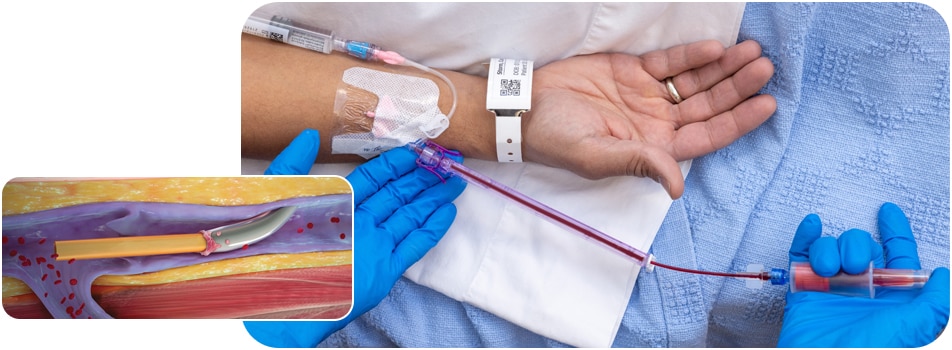Just before her senior year of high school, Skyler faced a sudden and severe health crisis. One day she woke up feeling extremely ill, and within days, her condition worsened to the point where she couldn't get out of bed. A trip to the emergency room revealed her hemoglobin levels were dangerously low, leading to a diagnosis of Evan's syndrome, a rare autoimmune disorder where antibodies destroy red blood cells.
During Skyler’s 30-day hospital stay, she dreaded being stuck repeatedly for blood draws, and her arms were filled with painful bruises. Skyler participated in a trial for the BD® PIVO™ Pro Needle-free Blood Collection Device. Skyler shared that she was “so happy” when she learned this device could use her existing IV and reduce the number of daily needlesticks. This transformed her hospital experience allowing her to focus on getting better without the added stress of painful blood draws. At the end of her stay, Skyler was proud to share that “PIVO™ worked great for me…I absolutely adored this thing.”
Experience more #PatientPortraits at www.bd.com/pivo.








